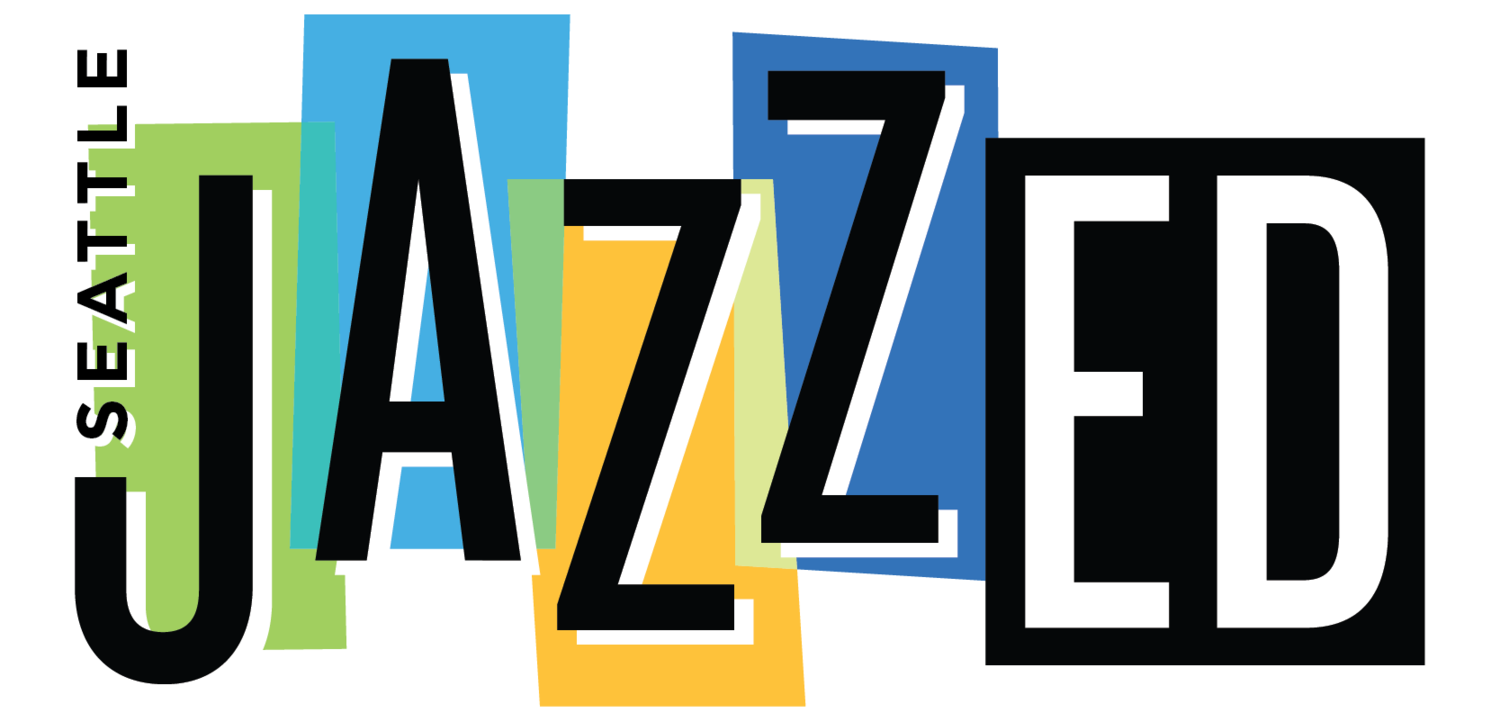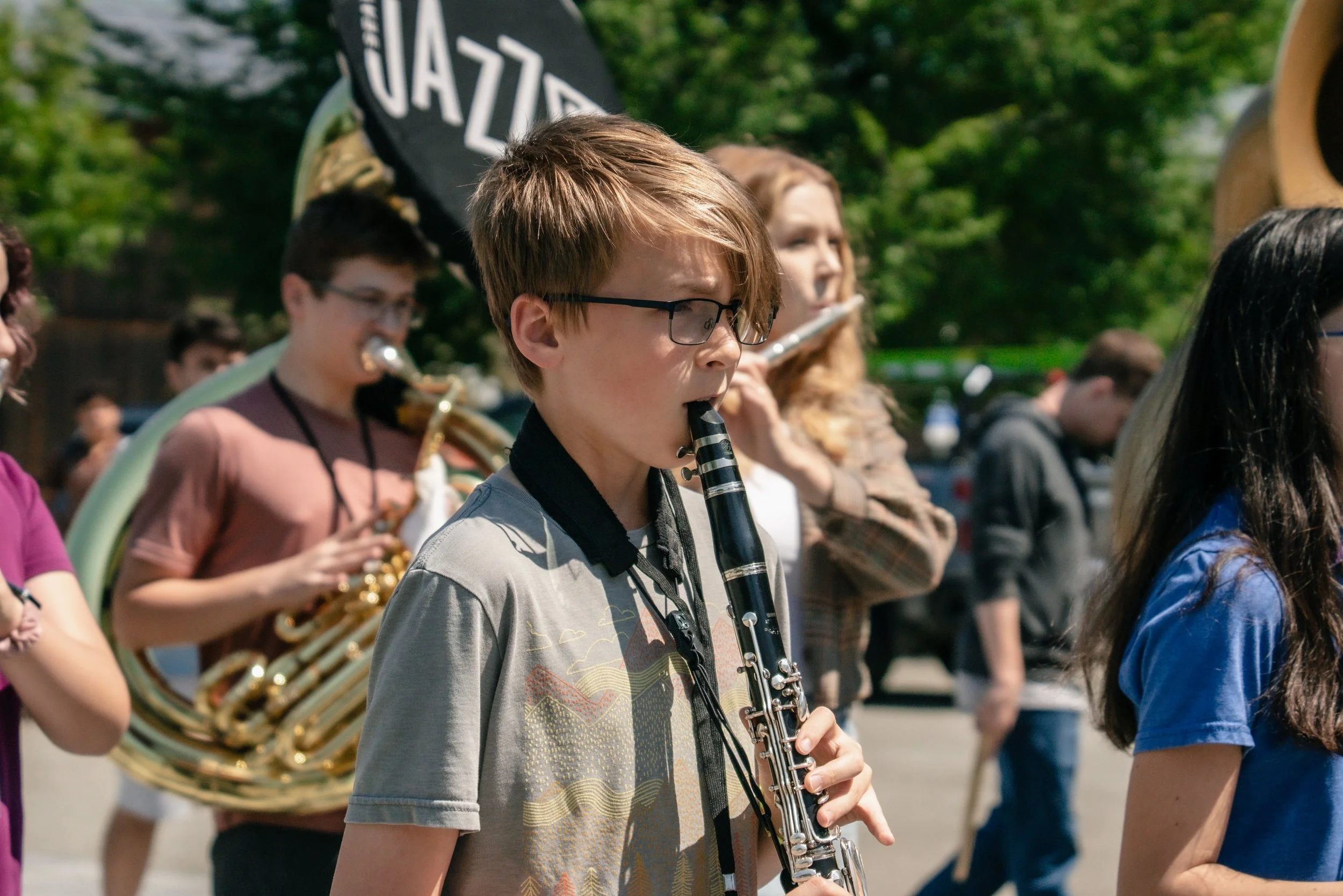Changes to Tuition: Sales Tax Requirement Begins Winter 2026
/Starting with Winter 2026 programs, Seattle JazzED will be required to charge sales tax on tuition, following a new Washington State law (ESSB 5814) that took effect on October 1.
ESSB 5814 changes the state’s tax code to include youth arts education like music, theater, and dance, in the definition of “live presentations.” As a result, youth arts organizations across Washington state are now required to collect retail sales tax on class tuition. For JazzED families, this means sales tax will be applied to any tuition amount up to our standard tuition rate.
As an organization, we recognize that this new law places an additional financial burden on families seeking arts education opportunities for their children, making access to music education more challenging for some.
That’s why JazzED remains deeply committed to keeping our pay-what-you-can tuition model in place. This model ensures that no student is turned away due to cost. We hope families who can pay above the standard tuition, and community members who are able to make a contribution, will consider doing so to ensure no student is ever turned away due to cost.
Affordability and access are at the heart of everything we do. We want families to know that while this new law affects how we process tuition, it doesn’t change our mission. Every young person who wants to play music at JazzED will still have that opportunity.
Liz Riggs Meder, Executive Director
We will continue to work alongside arts advocacy organizations across Washington to ensure our legislators understand how such budget decisions impact access to the arts.
Seattle JazzED remains steadfast in our mission: to make high-quality, joyful, and equitable music education available to every student who walks through our doors.








